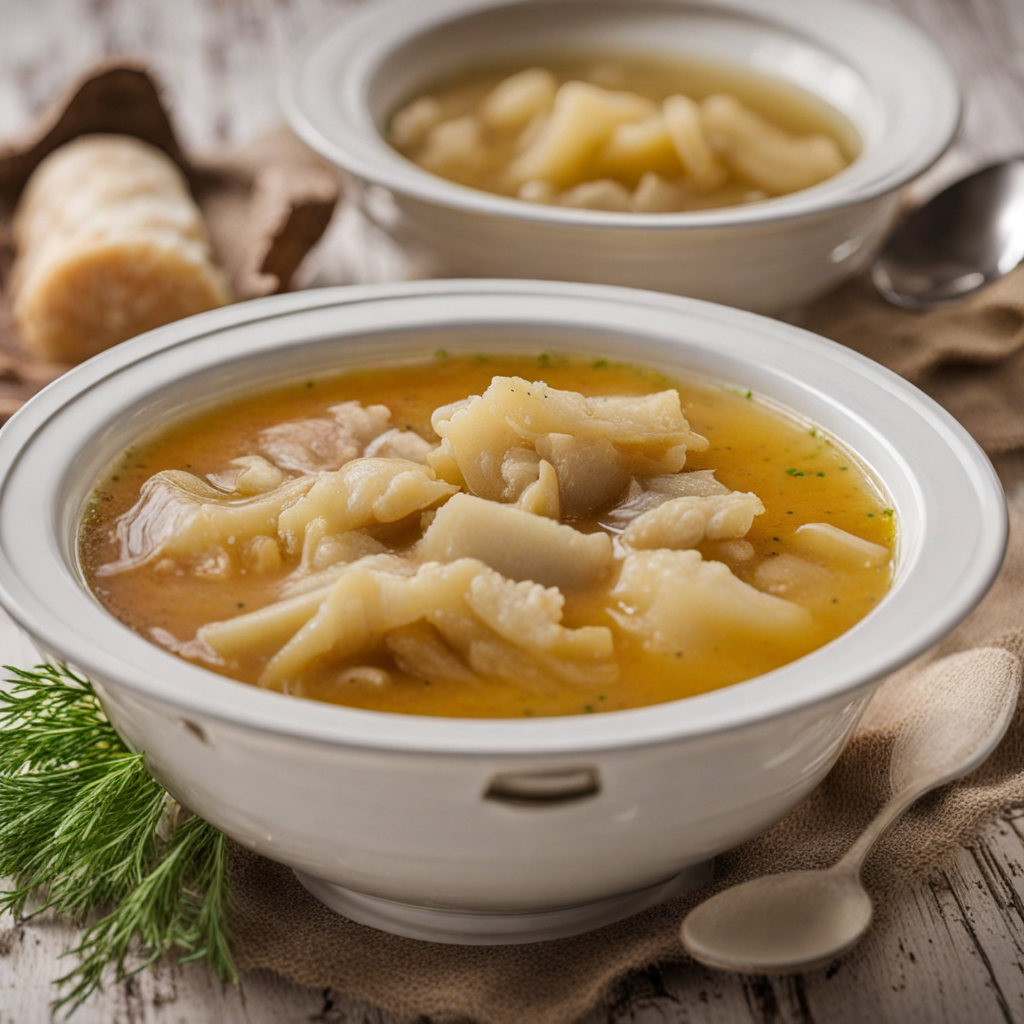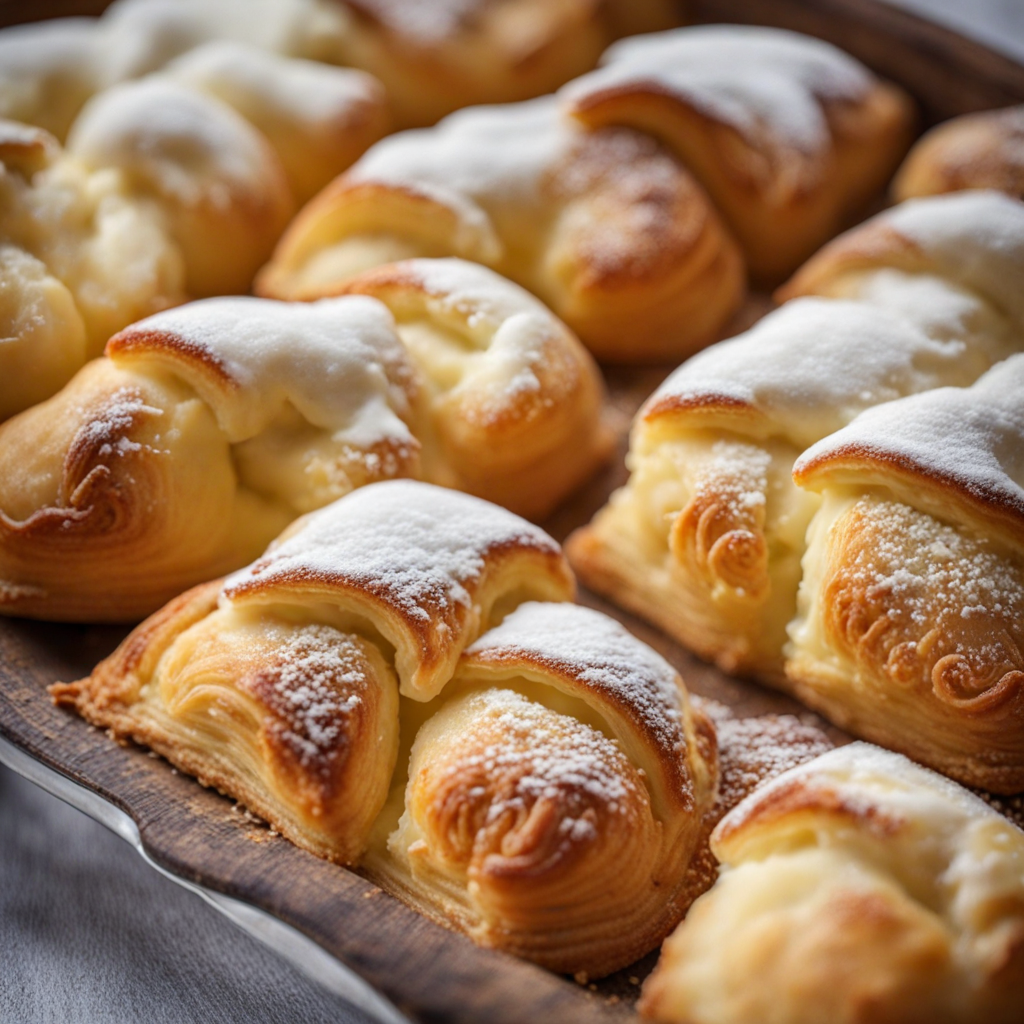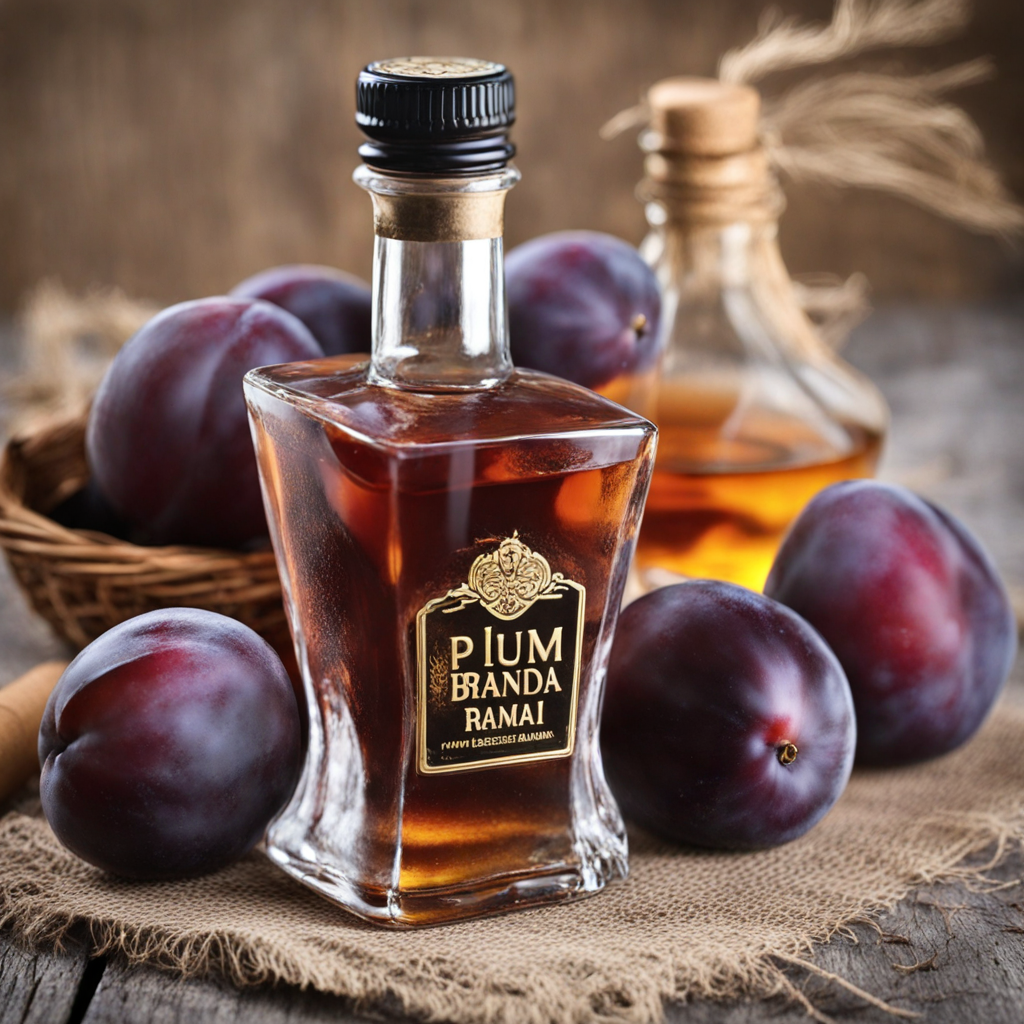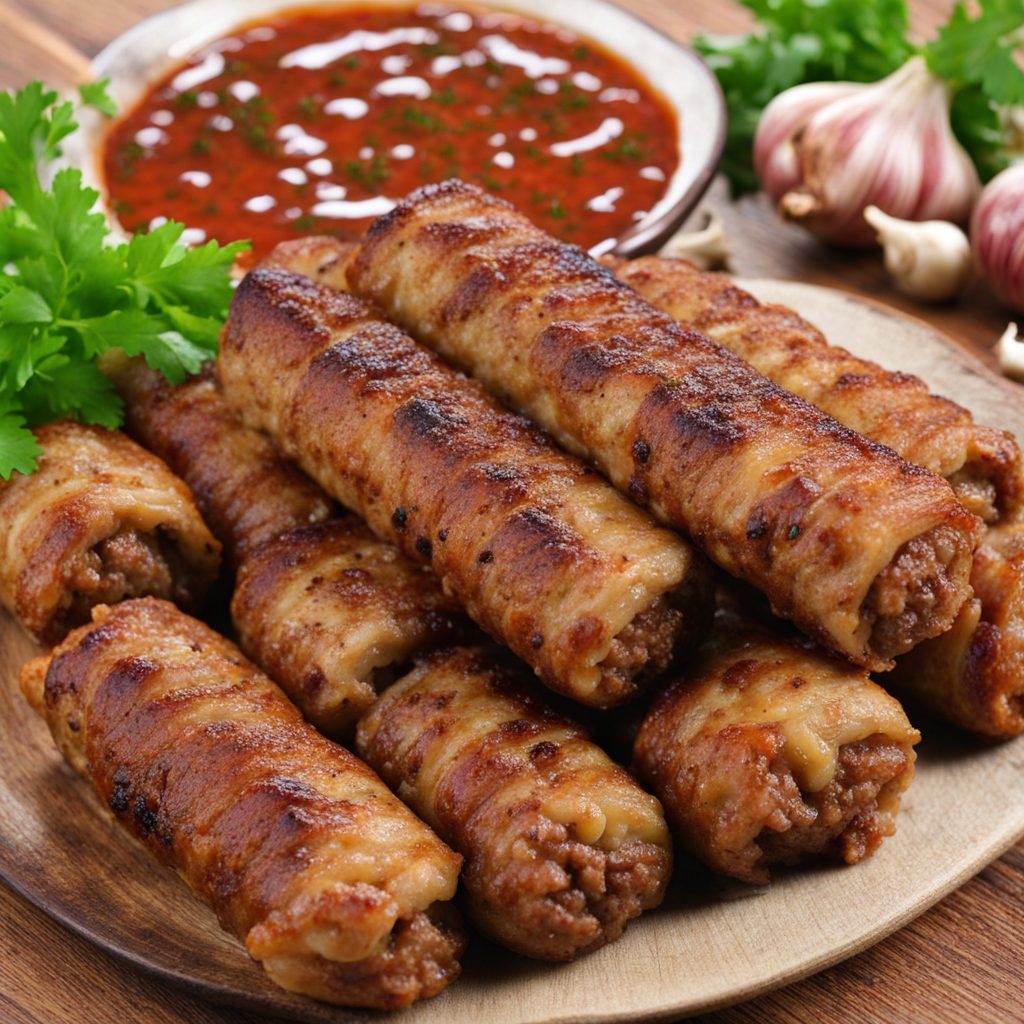Honey Cake
Honey Cake, known as "Prăjitura cu Miere" in Romania, is a delightful traditional dessert that captivates the senses with its rich, sweet aroma and moist texture. This cake stands out for its unique combination of honey, which infuses the batter with a warm and natural sweetness, and spices like cinnamon and nutmeg that provide depth and warmth. The golden-brown color of the cake, often layered with creamy fillings, hints at the indulgence that awaits within each slice, making it a cherished treat throughout Romanian culture, especially during festive occasions. One of the distinguishing features of Romanian Honey Cake is its layered structure, commonly made with alternating layers of honey-flavored sponge cake and a variety of fillings, such as whipped cream, nuts, or chocolate. This multi-layered approach not only adds visual appeal but also creates a delightful contrast of textures, from the soft, airy cake to the rich and creamy fillings. Each bite reveals a harmonious blend of flavors, with the honey providing a subtle sweetness that balances beautifully with the nuttiness and richness of the other ingredients. The experience of savoring Romanian Honey Cake is one that invites nostalgia and warmth, often enjoyed with a cup of tea or coffee during gatherings with friends and family. The cake's moistness ensures it remains fresh and enjoyable over several days, making it a popular choice for celebrations and gatherings. With its perfect balance of sweetness and warmth, Honey Cake is not just a dessert, but a comforting reminder of home and tradition, inviting anyone who tastes it to experience the heart of Romanian culinary heritage.
How It Became This Dish
The Sweet Legacy of Tort de Miere: A Romanian Delight #### Origins Tort de miere, or honey cake, is a beloved confection in Romanian culinary tradition, deeply intertwined with the country's history, culture, and communal celebrations. Its roots can be traced back centuries, reflecting not only the agricultural practices of the region but also the influences of various cultures that have touched Romania over time. Honey has been a staple ingredient in Romanian kitchens since ancient times, revered not just for its sweetness but also for its medicinal properties. The Dacians, the ancestors of modern Romanians, were among the first to harvest honey from wild bees, a practice that continued through the centuries. As the Romans conquered Dacia in the 2nd century AD, they brought with them a wealth of culinary knowledge, including the use of honey in desserts. Thus, the foundations for what would eventually evolve into the tort de miere were laid. The earliest versions of honey cake can be linked to traditional folk practices and agricultural cycles. In rural communities, honey was often associated with harvest festivals and celebrations, symbolizing prosperity and abundance. The cake was not merely a treat; it was a part of the ritual, prepared for significant life events like weddings, christenings, and harvest celebrations. #### Cultural Significance Culturally, tort de miere transcends mere sustenance; it embodies the spirit of sharing and community in Romanian society. The cake is often served during major holidays, including Christmas and Easter, but its true significance shines during special family gatherings and celebrations. Traditionally, it is baked in large quantities, symbolizing hospitality and the joy of gathering loved ones around the table. Moreover, honey itself carries connotations of divine favor and health in Romanian folklore. It is often linked to the goddess of love, and just as honey attracts bees, it is thought to attract good fortune and happiness into the home. The act of baking tort de miere thus becomes a ritual of love, care, and the desire to create bonds among family and friends. In the intricate tapestry of Romanian cuisine, tort de miere stands out not just as a dessert but as a cultural artifact. It has been mentioned in various Romanian literature and folklore, highlighting its place in the national consciousness. Folklore often portrays honey as a source of wisdom and a bridge to the divine, enhancing the cake's symbolic value. #### Development Over Time As Romania evolved through the centuries, so did the tort de miere. The cake's basic recipe remained simple—flour, eggs, sugar, and, of course, honey—but variations began to emerge. During the late 19th and early 20th centuries, as Romania embraced modernization, culinary influences from neighboring cultures began to seep in. The Austro-Hungarian Empire’s impact on Romanian cuisine introduced new flavors and techniques, inspiring the incorporation of nuts, fruits, and spices into the cake. The post-World War II era marked a significant shift in Romanian society and its culinary practices. Amidst economic challenges and political upheaval, traditional recipes became a means of preserving cultural identity. Many families held onto their recipes for tort de miere, passing them down through generations, often with personalized twists. The cake became a canvas for creativity; bakers began experimenting with different fillings, such as cream, chocolate, or fruit preserves, which added layers of flavor and complexity. During the 1980s, as Romania faced economic hardships and food shortages, the tort de miere became even more significant as a symbol of resilience. Families learned to make the most of limited resources, often using honey as a natural sweetener over sugar, which was scarce. This period saw a return to homemade traditions, with many Romanians turning to their roots, baking tort de miere not just for celebrations, but as a means of comfort and nostalgia. With the advent of globalization in the late 20th and early 21st centuries, Romanian cuisine, including tort de miere, began to gain international recognition. Chefs and food enthusiasts from around the world started to explore Romanian culinary treasures, leading to a resurgence of interest in traditional recipes. Tort de miere, with its rich history and comforting flavors, found its way onto the menus of various restaurants, both within Romania and abroad, often served alongside a cup of traditional Romanian coffee or an herbal tea. #### Modern Interpretations Today, tort de miere continues to evolve while retaining its essence. Modern interpretations of the cake often embrace a fusion of flavors and techniques, reflecting contemporary culinary trends. Many bakers experiment with gluten-free versions, vegan adaptations, or incorporate superfoods, making the cake accessible to a broader audience. Despite these innovations, the heart of the tort de miere remains unchanged—its deep connection to Romanian culture and tradition. The cake is also a staple at numerous festivals celebrating Romanian heritage, where it serves not only as a dessert but as a symbol of national pride. Food festivals across the country showcase tort de miere, drawing attention to its historical significance and the craftsmanship involved in its preparation. As Romanians living abroad seek to maintain their cultural identity, tort de miere serves as a nostalgic reminder of home. It is often baked for family gatherings, holidays, and celebrations, keeping the traditions alive in diaspora communities. The cake has become a culinary ambassador, introducing new audiences to the flavors of Romania. #### Conclusion Tort de miere is more than just a sweet indulgence; it is a testament to Romania's rich history and cultural heritage. From its ancient origins rooted in agricultural practices to its modern interpretations that reflect a globalized world, the honey cake encapsulates the resilience, creativity, and communal spirit of the Romanian people. As we savor a slice of tort de miere, we not only enjoy its delightful taste but also partake in a tradition that has weathered centuries, binding generations together through the simple act of sharing food. It invites us to appreciate the stories, rituals, and connections that food fosters, serving as a reminder of the sweetness of life and the bonds that tie us to our heritage.
You may like
Discover local flavors from Romania







